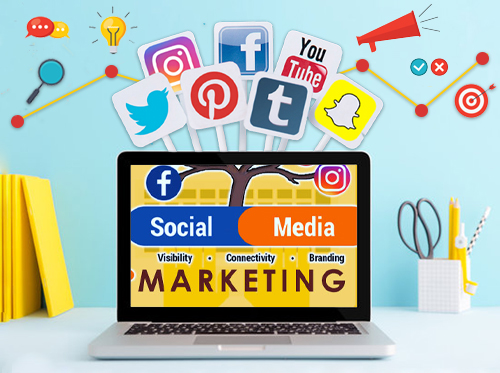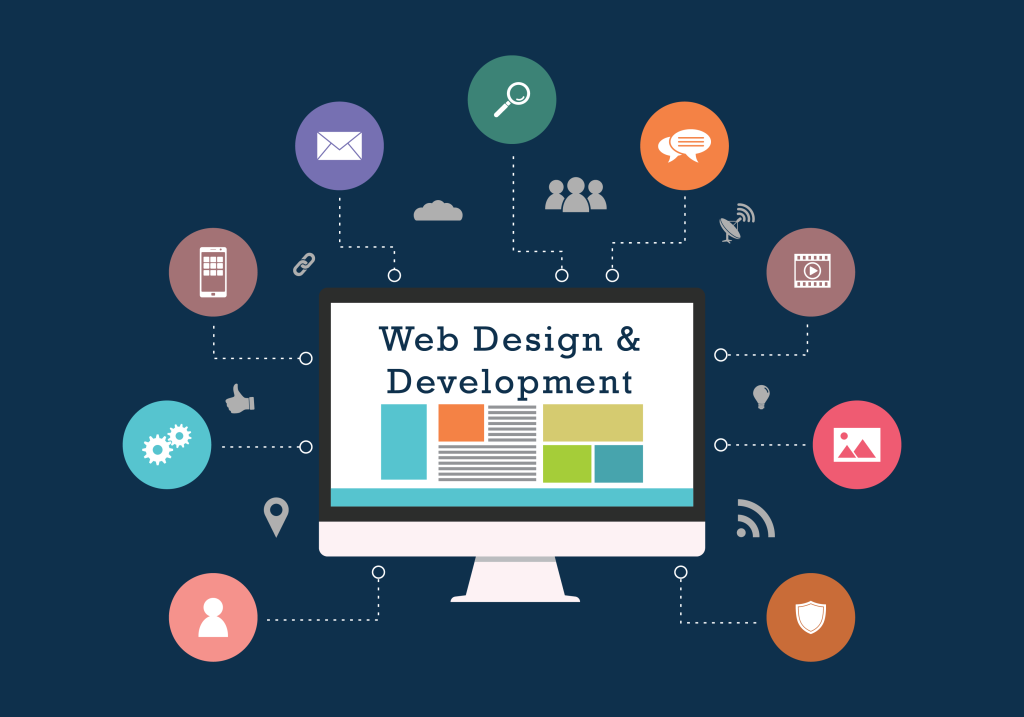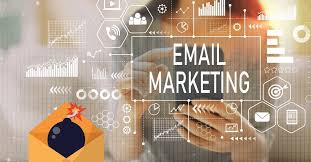SEO(search engine optimization)
Search Engine Optimization (SEO) is the practice of enhancing a website’s visibility in search engine results, aiming to increase organic (non-paid) traffic. This involves optimizing various elements of a website to make it more attractive to search engines like Google, Bing, and Yahoo.
Key Components of SEO:
On-Page SEO: Optimizing individual web pages by focusing on content quality, keyword usage, meta descriptions, and internal linking.
Off-Page SEO: Building external backlinks to improve a site’s authority and credibility.
Technical SEO: Ensuring that a website meets the technical requirements of search engines, such as site speed, mobile-friendliness, and secure connections (HTTPS).
Effective SEO strategies lead to higher search engine rankings, increased website traffic, and improved user engagement. It’s a vital component of digital marketing, helping businesses reach their target audiences more efficiently.

SMM(Social Media Marketing)
What it is:
The use of platforms like Facebook, Instagram, TikTok, LinkedIn, and YouTube to build brand presence, engage communities, and support business goals through both organic content and paid promotion.**Why it’s critical in 2025:**
• Extends multi‑billion user reach with tailored targeting.
• Enables close, real-time interactions and customer support.
• Offers real-time analytics and predictive insights via AI tools.Main benefits:
• Builds brand trust through consistency and responsiveness.
• Drives traffic, leads, and sales efficiently—both organically and via paid ads.
• Fosters loyalty and advocacy through user-generated content and influencer collaborations.Key 2025 trends:
• Short‑form video (TikTok/Reels/Shorts) driving massive engagement.
• AI‑powered content personalization and scheduling.
• Micro‑ and nano‑influencers growing reputation behind their niche communities.
• Expanding social commerce with in‑app shopping from discovery to checkout.

Google Ads(PPC)
Google Ads PPC is Google’s flagship pay‑per‑click advertising platform, where advertisers bid in real‑time auctions to display ads on Google Search results, YouTube, apps, or partner websites, paying only when someone clicks their ad.
 Core Mechanics
Core Mechanics
Cost-per-click (CPC): Ad placement depends on your maximum bid x Ad Rank, which factors in Quality Score—a Google metric based on keyword relevance, ad quality, and landing page experience. Higher Quality Scores can cut your CPC by as much as 50%.
Bidding & match types: Advertisers choose between manual/automated strategies like Smart Bidding, and match options (exact, phrase, broad). Negative keywords help filter out irrelevant traffic

Website design & development
| Discipline | What it Focuses On |
|---|---|
| Web Design (UI/UX) | Visual layout, look‑and‑feel, typography, brand identity, navigational flow, and wireframes or high‑fidelity mockups . It’s all about shaping the user interface (UI) and experience (UX) so people find it intuitive and engaging |
| Web Development | Technical implementation of the design using ‑frontend tech (HTML, CSS, JS) for what runs client‑side, and ‑backend logic (PHP/Python/Node.js, databases, integration) for server behavior. It includes converting mockups into a functioning website and integrating CMS, SEO, e‑commerce, APIs, and security measures |

Content marketing
Content Marketing is a strategic approach that involves creating, publishing, and distributing valuable, relevant content to attract and retain a clearly defined audience—ultimately driving profitable customer action. By addressing customer pain points and interests (through blogs, videos, podcasts, etc.), businesses build trust, increase brand awareness, boost SEO rankings, and generate leads without overt selling.
⚡ Why It Matters
Builds credibility and audience trust over time.
Supports organic search visibility, leading to more sustainable traffic.
Enables lead nurturing and smoother sales funnel movement.

Email Marketing
What It Is
A strategic marketing channel where businesses send targeted, permission‑based messages—like newsletters, personalized offers, and transactional updates—to build relationships and drive customer action.
Why It Still Matters
ROI Powerhouse: Roughly $36–42 back per dollar spent, making it more cost-effective than most digital channels.
Global Reach: With ~4.6 billion email users in 2025 and over 370 billion messages sent daily, email remains ubiquitous in personal and business communication

